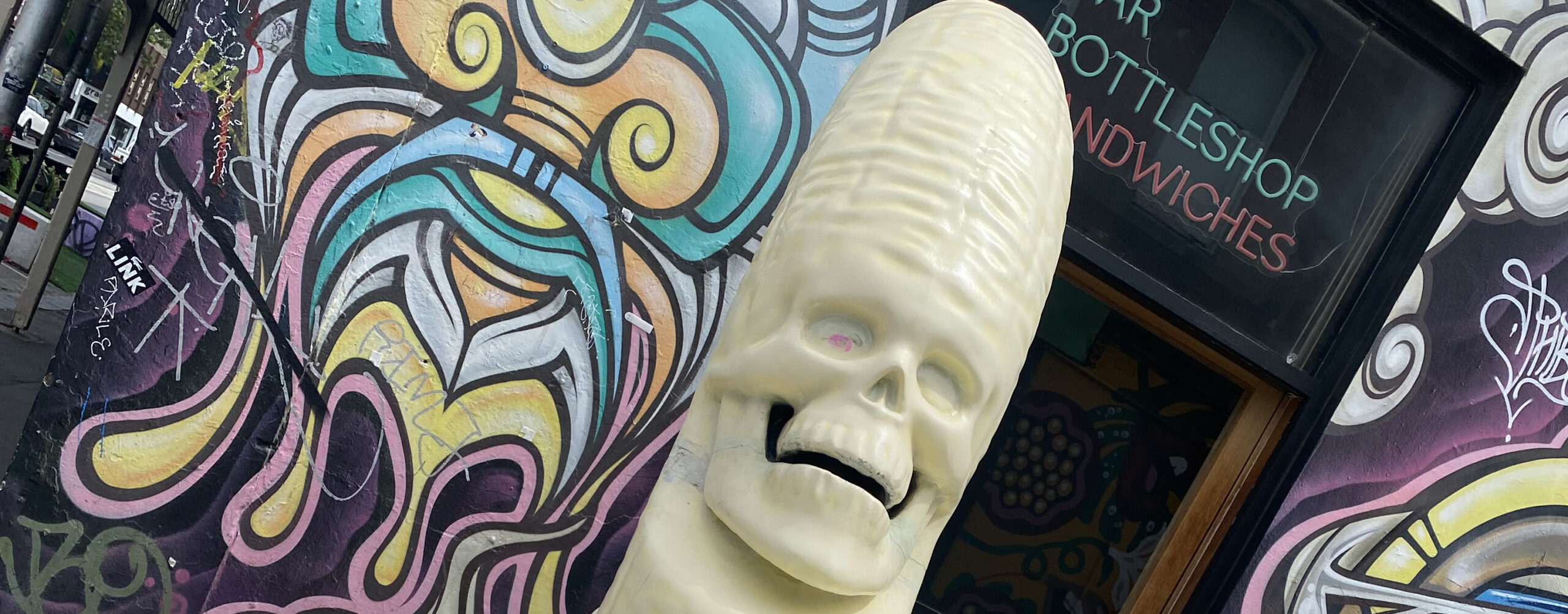and quality, leading to a phenomenon now widely recognized as “coronasomnia.” Characterized by disrupted sleep routines, increased instances of insomnia, and altered sleep architecture, coronasomnia has emerged as a significant concern in the modern age.
The pandemic’s upheaval of daily routines, social isolation, economic uncertainties, and constant exposure to distressing news has taken a toll on mental health. As a result, sleep, which is intricately linked to mental well-being, has suffered. Stress and anxiety, often stemming from fears related to the virus or its consequences, can activate the body’s “fight or flight” response, releasing stress hormones like cortisol. Elevated cortisol levels can disrupt the natural sleep-wake cycle, making it difficult to fall asleep or maintain restful sleep throughout the night.
The surge in remote work and online learning further compounds the issue. The blurring of boundaries between work or study spaces and relaxation areas has led to a disturbance in the separation between day and night activities. This, combined with increased screen time, exposes individuals to blue light emitted by electronic devices, which can suppress the production of melatonin, a hormone that regulates sleep.
Physical activity, a cornerstone of good sleep, has also been compromised. Lockdowns and restrictions have limited opportunities for exercise, leading to a sedentary lifestyle that can negatively impact sleep quality. Reduced exposure to natural light, necessary for regulating circadian rhythms, further disrupts the body’s internal clock.
Addressing coronasomnia requires a multi-faceted approach. First and foremost, maintaining a consistent daily routine is crucial. Setting regular wake-up and sleep times, even on weekends, helps regulate the body’s internal clock and improve sleep quality. Creating a comfortable sleep environment, free from excessive noise and light, also promotes better sleep.
Managing stress and anxiety is paramount. Engaging in relaxation techniques such as deep breathing, meditation, or yoga can help calm the mind and reduce cortisol levels. Establishing boundaries between work/study and leisure time aids in preventing the encroachment of professional or academic stressors on personal relaxation.
Reducing screen time, especially before bedtime, can mitigate the effects of blue light exposure on melatonin production. Instead, engaging in calming activities such as reading a book or taking a warm bath can signal to the body that it’s time to wind down.
Physical activity should not be neglected. Incorporating regular exercise into daily routines, even if it’s home-based or simple activities like walking, can have a positive impact on sleep quality. Exposure to natural light during the day also helps regulate circadian rhythms.
In conclusion, coronasomnia is a sleep crisis that has emerged in the wake of the COVID-19 pandemic, affecting individuals’ sleep patterns and overall well-being. Its causes are multifaceted, ranging from increased stress and anxiety to disruptions in daily routines. However, by adopting healthy sleep practices, managing stress, and creating conducive sleep environments, individuals can mitigate the effects of coronasomnia and prioritize their sleep health in these challenging times.

